Given that we are in the midst of a climate emergency, this is no small matter. Human activity has already driven the temperature of the globe to rise 1.5°C above pre-industrial levels. The effects of this cataclysmic temperature rise will ensure that each year’s “unprecedented” natural disasters will be outdone in the year that follows. And a recent report released by the United Nations’ Intergovernmental Panel on Climate Change (IPCC) warns that if we do not make immediate and drastic large-scale change globally, we will lose the ability to avert additional warming over the already-rising 1.5°C. And this, says climate psychologist Margaret Klein Salamon, PhD, will make the planet exponentially less survivable.
At this point, none of this likely comes as a shock to you. However, you may be surprised to learn that chocolate’s impact on global warming is significant enough to warrant mention. In fact, by many estimates, chocolate ranks just below red meat in terms of how bad its production is for the environment.
Below, experts explain why this is, describe the industry’s additional problem with human exploitation, and detail what is being done—and what can be done—to combat both so that chocolate remains ethically and sustainably within reach.
Why chocolate production is so remarkably unsustainable
Most of the world’s chocolate is produced by a few major companies, yet they are largely incapable of tracing the supply of their cocoa, says Tim McCollum, CEO and Founder at Beyond Good, a company that makes single-origin chocolate bars with cocoa from Madagascar and Uganda. A key reason why the cocoa is untraceable starts with the fact that, according to McCollum, 25 tons of cocoa are required in order to fill one shipping container. To produce that much requires the efforts of thousands of farmers—most of whom work for small farms in rural Africa. (Three-quarters of the world’s chocolate is produced in Ghana, the Ivory Coast, Nigeria, and Cameroon, says McCollum.)
The massive quantity of cocoa is then pooled together by middlemen—including unaffiliated traders, exporters, and farmers—who are in charge of managing its sale and export globally. As a result, there is little to no documentation of where each of the 25 tons of beans in each container come from. After all, traceability typically requires steps such as GPS mapping and satellite monitoring of farms; in an indirect chain, the middlemen aren’t responsible for providing any of this data or monitoring to the final bean purchaser.
“This is a problem for the environment, because it means that there is no accountability when it comes to sustainable farming of cocoa or prevention of deforestation,” explains McCollum. Even the largest chocolate companies in the world can’t say their cocoa is grown sustainably, because they have no idea. And much of it is not. More sustainable chocolate production starts with traceability, which means breaking the current supply chain structure in which the cacao passes through far too many hands.
More specifically, tackling deforestation involves three key initiatives as outlined the Cocoa & Forests Initiative. First, conservation of the national parks and forested land that has been exploited by cocoa production, as well as restoration of forests that have been degraded by cocoa farm encroachment. Sustainable intensification and diversification of income is also required in order to increase farmers’ yields and livelihood, and to grow more cocoa on less land. Both of these changes would help reduce pressure on forests. And finally, decreased deforestation must include engagement and empowerment of cocoa-growing communities. In particular, mitigation of the social impacts and risks of land-use changes on affected cocoa farmers and their communities is imperative, says the Collective Statement of Intent by the World Cocoa Foundation.
In West Africa, cocoa farming has led to intense deforestation; the Ivory Coast, for example, has lost 80 percent of its forests in the last five decades. That’s highly detrimental to the animals who once called those trees home, but it’s bad for us, too. All forests act as carbon sinks, meaning they absorb carbon from the atmosphere, naturally helping us to reduce global warming. Losing forests means losing a massive opportunity to lower carbon emissions in the atmosphere.
These forests are often replaced—in Africa and elsewhere that cocoa is grown—with monoculture farms that only produce cocoa. “When you do that, it depletes the soil much quicker than it would if you had multiple crops that could help shade the plant,” says Bill Guyton, executive director of the Fine Chocolate Industry Association. “Cocoa can produce fruit in full sun, but it is not going to thrive and it is not going to live very long.” This strategy also requires much heavier use of herbicides and pesticides, he adds.
As this unsustainable monoculture-style farming leads to greater global warming, a vicious cycle ensues: The chocolate supply becomes increasingly endangered, too. Cocoa can only grow in a narrow band of land around the equator, says Guyton, and higher temperatures and greater droughts are already changing and limiting the areas in which it is grown. In other words, if global warming continues at its current rate, future generations may miss out on chocolate altogether.
A number of other ingredients that get added to chocolate—such milk powder, refined sugarcane, and palm oil—are highly problematic as well. Milk powder is a product that uses environmentally harmful animal agriculture practices, and the cultivation of sugarcane and palm oil are also causes of mass deforestation. And of course, this isn’t even to mention the environmental costs of shipping cocoa globally, manufacturing it into chocolate, and packaging the final product. Think of all the wrappers you collected at Halloween as a kid, for all those mini chocolate bars—they, of course, are in a landfill somewhere now.
The human cost of chocolate
Unfortunately, there is another form of devastation happening in the chocolate industry: Most cocoa farmers live in poverty. “On the ground in Africa, three to four million cocoa farmers aren’t making enough money to feed themselves,” says McCollum. Most of these farmers aren’t paid by chocolate companies directly. Instead, their income comes from the aforementioned opaque system of middlemen, who collect their beans to reach volume they can then sell to large chocolate manufacturers. Even when the price of cocoa is regulated by, say, the African government, each step in the chain dilutes the farmers’ profit. And in most cases, no one is guaranteeing a fair initial cut to farmers at the bottom of the pyramid.
Cocoa farming is also known for being heavy in child labor. In fact, Antoine Ambert, senior director of innovation and sustainability at Alter Eco, a Fair Trade chocolate company, says it is one of the biggest problems in the chocolate industry. Poor farmers who can’t afford to eat also can’t afford to send their kids to school, because what they need (more than an educated child) is an extra set of hands on the farm. Poor children from non-farming families are often sent away from home to West African farms in order to help provide for their families, too.
This work is treacherous. These children use machetes to cut down the cocoa, they work with harmful chemicals such as pesticides, and they do the labor of carrying loads much too heavy for their small bodies.
Despite efforts to eradicate child labor in the industry, this, too, has been proven difficult to regulate for many of the same reasons sustainability is hard to monitor. “Within their $60-billion industry, chocolate companies have the power to end the use of child labor and slave labor by paying cocoa farmers a living wage for their product,” says the Food Empowerment Project. “This lack of transparency is characteristic of the chocolate industry, which has the resources to address and eliminate child labor but consistently fails to take action.”
Ambert notes that in West Africa, even some Fair Trade-certified cocoa has been shown to result from child labor. The problem is so bad that it’s what convinced Dutch journalist Teun van de Keuken to launch the “slave-free” brand Tony’s Chocolonely. He even went so far as to ask that he be prosecuted for knowingly purchasing a product he knew to be made illegally, though slave labor. (Spoiler: He was not prosecuted, but it was good publicity for the cause.)
Despite multiple pledges to do so, major chocolate producers have as of yet but unable to eradicate child labor from their supply chains.
Solutions for a more sustainable chocolate future
It’s pretty sobering to consider the fact that one of your favorite treats is not only helping to destroy the environment, but is also created on the literal backs of children. All hope is not lost, however. There are solutions, they just aren’t easy to implement on a large scale.
Most obviously, brands need to take control of their supply chain in order to better regulate farming practices. This is not possible (yet) on a large scale, but some small brands have managed to accomplish it.
This then allows them to help farmers grow cocoa crops more sustainably. Many of them are doing this by advocating for shade-growing cocoa crops, which helps to prevent soil erosion. Cocoa farmers who shade grow are also planting other things beyond cocoa, which is also better for the soil. “If it’s just one crop, it’s going to provide all the same nutrients to the soil, which will lead to an imbalance in nutrients,” says Ambert. “If you plant many species, then there’s going to be some species, for example, taking nitrogen from the soil, and some species giving nitrogen back.” Importantly, this practice can also optimize the yields of each cocoa tree, and reduce the need for pesticides and chemical fertilizers. Ideally, all of the above should mean that cocoa growers don’t have to further deforest in order to plant new crops. “And the beauty of a healthy soil is that it captures a ton of carbon [to help slow global warming],” adds Ambert.
It’s better for the humans doing the labor, too, says Ambert. His company Alter Eco’s chocolate is grown in Ecuador, the Dominican Republic, and Peru rather than in Africa—this for better oversight of the supply chain. And in the past, if disaster struck their land or supply chain, cocoa growers would often find themselves without any income whatsoever. But thanks to these diverse-planting, shade-growing practices, they now have additional crops they can sell or use to feed their families, e.g. bananas, mangoes, pineapple, cassava, yucca, sweet potato, tamarind, and turmeric.
Shade growing is better for other living creatures, too, as it provides habitats for those who would have otherwise been displaced by deforestation. In fact, McCollum tells me that Beyond Good’s cocoa farms in Madagascar (where the company has total control of farming and production of their chocolate) have become habitats for lemurs, which are critically endangered.
When these smaller companies are able to control their cocoa supply, they’re also able to pay farmers more, because their beans don’t go through the middlemen who would otherwise take most of their profits. McCollum tells me Beyond Goods’s farmers make five to six times more than cocoa farmers in West Africa, for example. Better paid farmers can then, ideally, send their children to school instead of to work on the farm. Plus, these companies can actually oversee farmers to ensure they don’t use child labor more broadly.
Responsible cocoa companies can also help their famers to strategize resilience against climate change—both the effects farmers are already experiencing, and those to come. Ideally, this will protect the farmers’ livelihood long-term. It will also help ensure the world’s supply of chocolate doesn’t evaporate entirely.
None of this is cheap or easy, which is why you pay a premium for chocolate created regeneratively through a controlled supply chain. It’s also why big brands have yet to follow suit. “What is needed is not just individual company programs that are kind of spotty,” says Guyton. “To solve it requires a concerted effort including the African government, the international community, and the environmental community. And unfortunately, some of the larger companies are looking only at their own programs versus what they can be doing more effectively together with governments and other partners to find bigger and better solutions.”
Brands taking action to improve chocolate sustainability
One of the biggest solutions to climate change in terms of chocolate sustainability is for people to stop buying and consuming so much—but that’s a hard pill to swallow, and an even harder behavioral shift to make. And realistically, no one expects you to stop buying chocolate altogether. But you can conscientiously consume it, to the extent possible, by opting in to chocolate brands putting sustainability and humanity at the forefront of their efforts. Below, find nine companies that fit the bill.
9 sustainable & ethical chocolate brands

Beyond Good Madagascar Heirloom Dark Chocolate — $4.50
Beyond Good has total control over their supply chains in Madagascar and Uganda, meaning they work directly with their farmers. They are also the only U.S. chocolate company to manufacture their chocolate in Africa, meaning they don’t ship their beans overseas for production. “There are literally zero middlemen in our supply chain,” says McCollum. “We open our factory door and farmers deliver their cocoa right to us.”
The lack of middlemen leads to cost savings for the company, which McCollum says are passed on to the farmers—as noted above, they make five to six times more than the average cocoa farmer in Africa. And he says something remarkable has happened as a result of these increased wages; farmers began practicing regenerative farming (e.g. shade-growing, biodiverse planting) without being instructed to do so, because they had the money to invest in it.
So Beyond Good’s chocolate is made sustainably, without labor exploitation, but McCollum also says it just tastes better, too. Most chocolate, he explains, tastes the same; it’s made from what’s known as commodity cocoa. Beyond Good’s chocolate, on the other hand, is made in large part from an heirloom varietal of cocoa that is present in less than 3 percent of the world’s cocoa.
Soon, Beyond Good will rollout new packaging with scannable barcodes that allow you to see where your chocolate comes from. For bars made in Madagascar, such scans will allow you to familiarize yourself with each individual farmer in the supply chain.

Dappah Chocolates Moroccan Orange Mylk Chocolate — $12.00
In 2016, Dappah Chocolates co-founder Raphael Dappah was shocked to learn that African countries net just a tiny percentage of the chocolate industry’s hundreds of billions of dollars in profits, despite the fact that they produce the most cocoa in the world. Though he lived in the U.K., his family in Ghana had owned chocolate farms for generations. So, he decided to launch a chocolate company that would restore profits to African farmers, despite having zero firsthand experience in the chocolate industry.
Raphael and his co-founder and brother Kwaku Dappah source cacao from a sustainable Ghanaian farm which pays regular wages and engages in a profit-sharing system that benefits farmers. All other ingredients in their small-batch, handcrafted bars—including the sugar, coconut milk (used instead of dairy, which means the bars are vegan), salt, and vanilla extract—are also sourced from Ghana. In time, the brothers hope to open a solar-powered chocolate factory on their estate in Ghana, so their entire production can be done locally and sustainably.
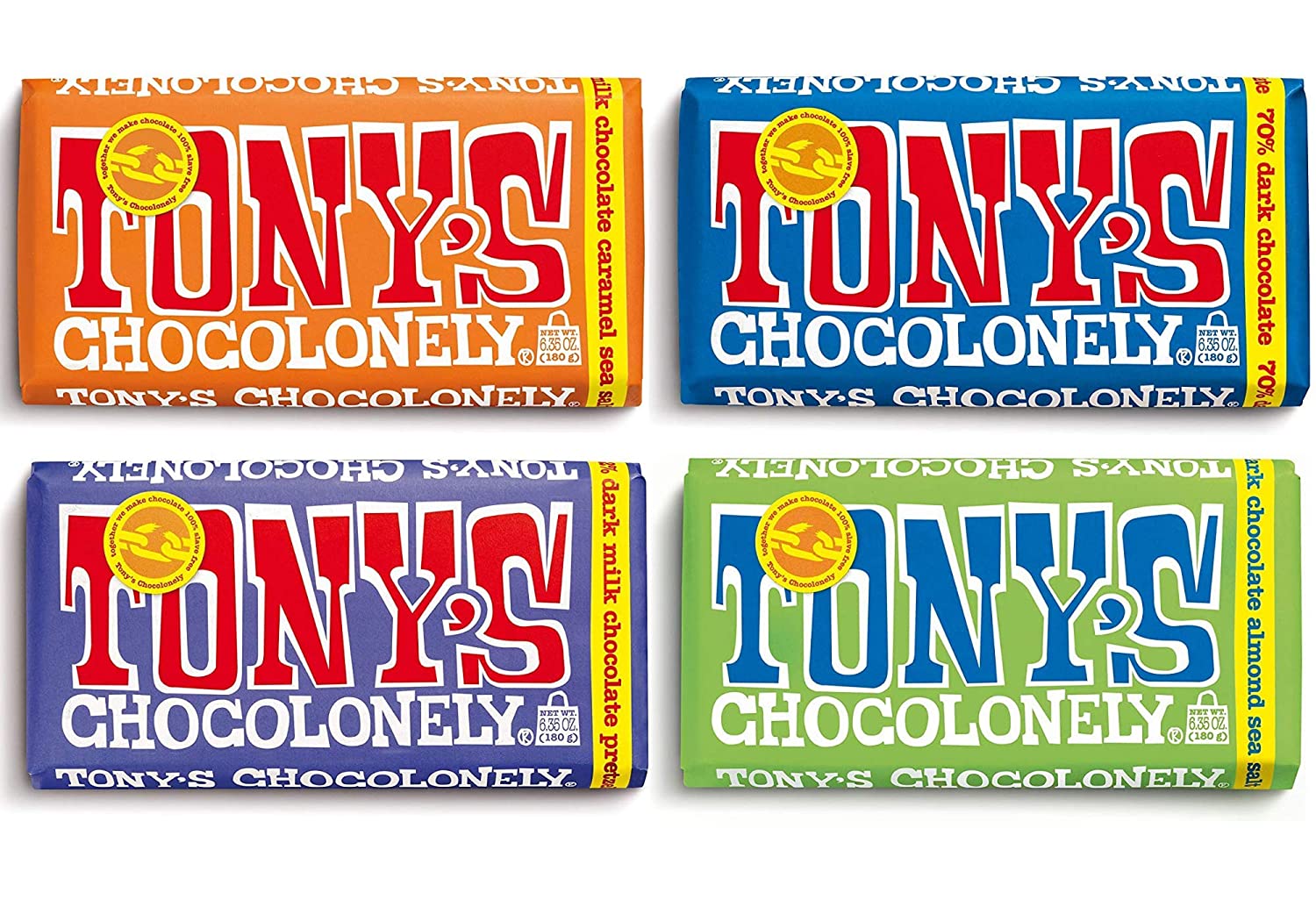
Tony’s Chocolonely Variety Pack — $26.00
Tony’s Chocolonely probably has the most exciting origin story—as noted above, it was begun by an outraged journalist who tried first to get himself convicted of the crime of knowingly purchasing chocolate made from slave labor. “The company was founded with a mission to produce chocolate that was made without exploitation,” says Pavi Ram, Impact Navigator for Tony’s Chocolonely. “And we have a three pillar roadmap to get to this mission.”
The first pillar is to raise awareness about issues in the cocoa sector, so that consumers and retailers begin to ask more questions, and producers feel greater pressure to transform their practices. The second pillar is to lead the industry by example. This means they invest in long-term partnerships with chocolate co-ops to help them professionalize, which leads to greater pay (and a five-year price guarantee) as well as education and guidance around sustainable agriculture practices. All of their chocolate is traceable. And finally, the third pillar is grow the good they’re doing by sharing their practices with interested partners.
All of this is done in West Africa, which Ram reiterates is evidence that exploitation doesn’t have to be part of the equation when it comes to cocoa cultivation in that part of the world. “In the sector for the longest time, it was thought that full traceability was not possible to achieve, but that was also being used almost as an excuse because it’s just an easy way to not take full responsibility for what goes on behind those beans,” she says. “So we did work on setting up due diligence systems for traceability, and it is possible.”
The company also works with large manufacturer Barry Callebaut, which works with many of the world’s largest chocolate companies—you know, the ones that aren’t able to trace the origin of their beans. To make Tony’s chocolate with traceable beans, the company has simply segregated the beans sourced through the company from mainstream production. In other words, this partnership is proving it can be done, even at a large scale. All packaging made by the company is plastic-free and recyclable, too.
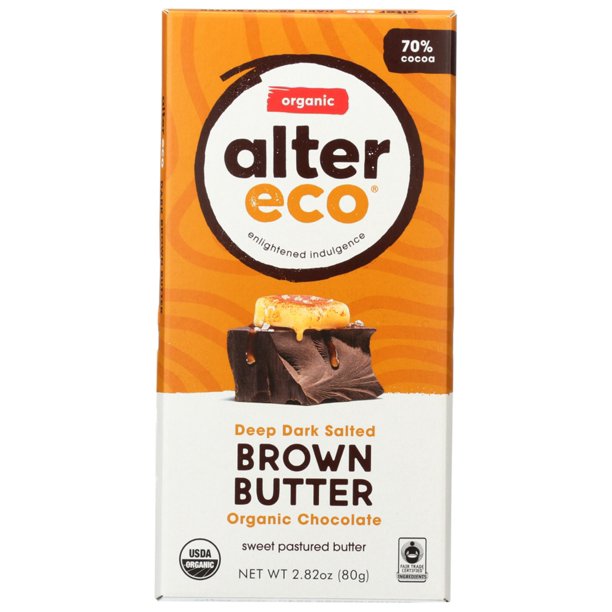
Alter Eco Brown Butter Dark Chocolate, 2-pack — $15.00
Alter Eco’s approach to curing what ails the chocolate industry involves a heavy focus on regenerative agriculture. This method ensures greater sustainability, as outlined above, and ensures that the fair trade farmers they work with have additional income sources via the secondary crops they plant (e.g. mangoes, cassava, etc.). They’ve also opted to grow in the Dominican Republic, Peru, and Ecuador rather than Africa, because the supply chains there are historically less inclined to child labor, and because some forms of deforestation-free cocoa agroforestry already existed in those areas. Additionally, the company prefers the flavor profile of beans from those regions, which they describe as “more fruity” than African beans.
And Alter Eco’s packaging is all either recyclable or compostable—the company has even won awards for its innovation in this space. They engage in carbon offsetting by planting trees, too, and have launched the Alter Eco Foundation to help fund sustainable agroforestry (aka regenerative agriculture, in the forest!) practices beyond their company, and even beyond the cocoa industry.
Additionally, Ambert says the company abstains from using soy or corn in their products, even though it’s cheaper to do so, and that they focus on dark chocolate to avoid adding milk powder and excess sugar. In fact, the company doesn’t use any artificial sugars.
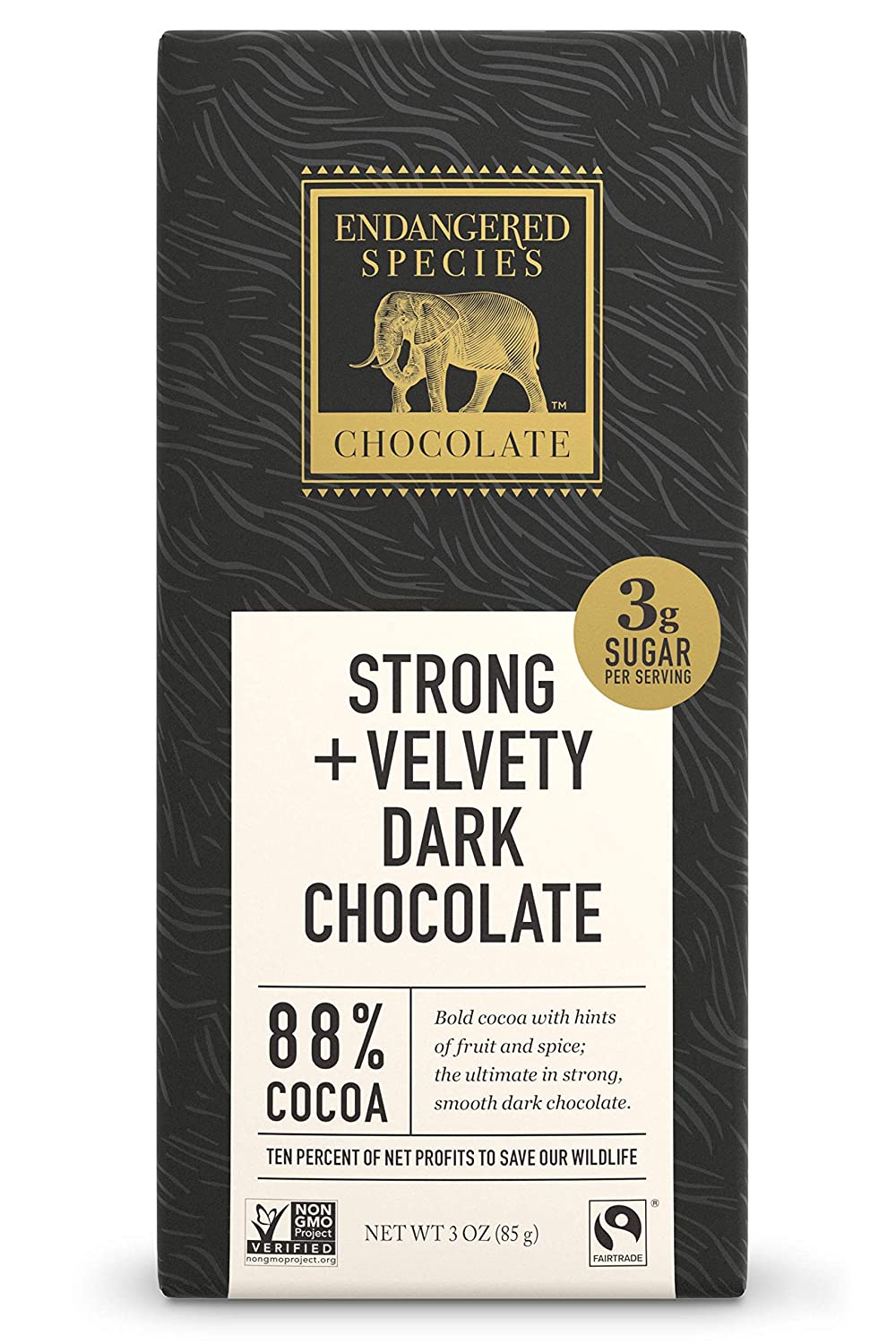
Endangered Species Chocolate Extreme Dark Chocolate Bar, 12-Pack — $40.00
Endangered Species chocolate is known for its conservation efforts; the company donates 10 percent of its profits annually to organizations like the National Forest Foundation and the Dian Fossey Gorilla Fund. But these donations aren’t meant to counterbalance unsustainable business practices, as the company has always prioritized environmentally-friendly and ethical business practices. In fact, they were the first American chocolate company to be able to fully trace their cocoa beans, which are sourced from sustainable farms on the Ivory Coast. Endangered Species has also donated more than $1 million to cocoa cooperatives, which have been used to fund schools and make other community improvements.
Last year, Endangered Species introduced a line of vegan chocolate bars made from oat milk, offering a version of their product free of the negative environmental impact of dairy.
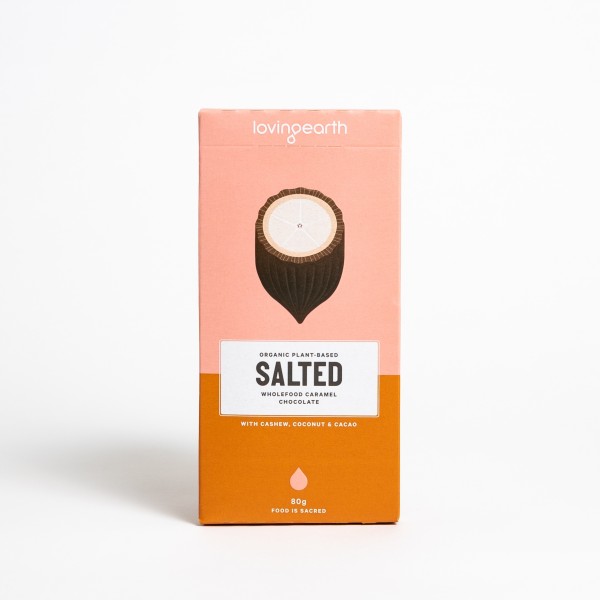
Loving Earth Salted Caramel Chocolate — $7.00
Loving Earth chocolate is made from raw cacao grown by the Ashaninka community of the Peruvian Amazon—the original birthplace of cacao—using traditional (read: sustainable) practices passed down through generations. In partnership with The Rainforest Foundation, Loving Earth helped the Ashaninka establish a certified organic, fair trade cooperative. The company has committed to buying the cooperative’s entire cocoa harvest at a higher price than farmers there were able to garner prior to Loving Earth’s involvement.
Additionally, Loving Earth’s chocolates are dairy-free, made in a solar-powered factory, and wrapped in compostable packaging.
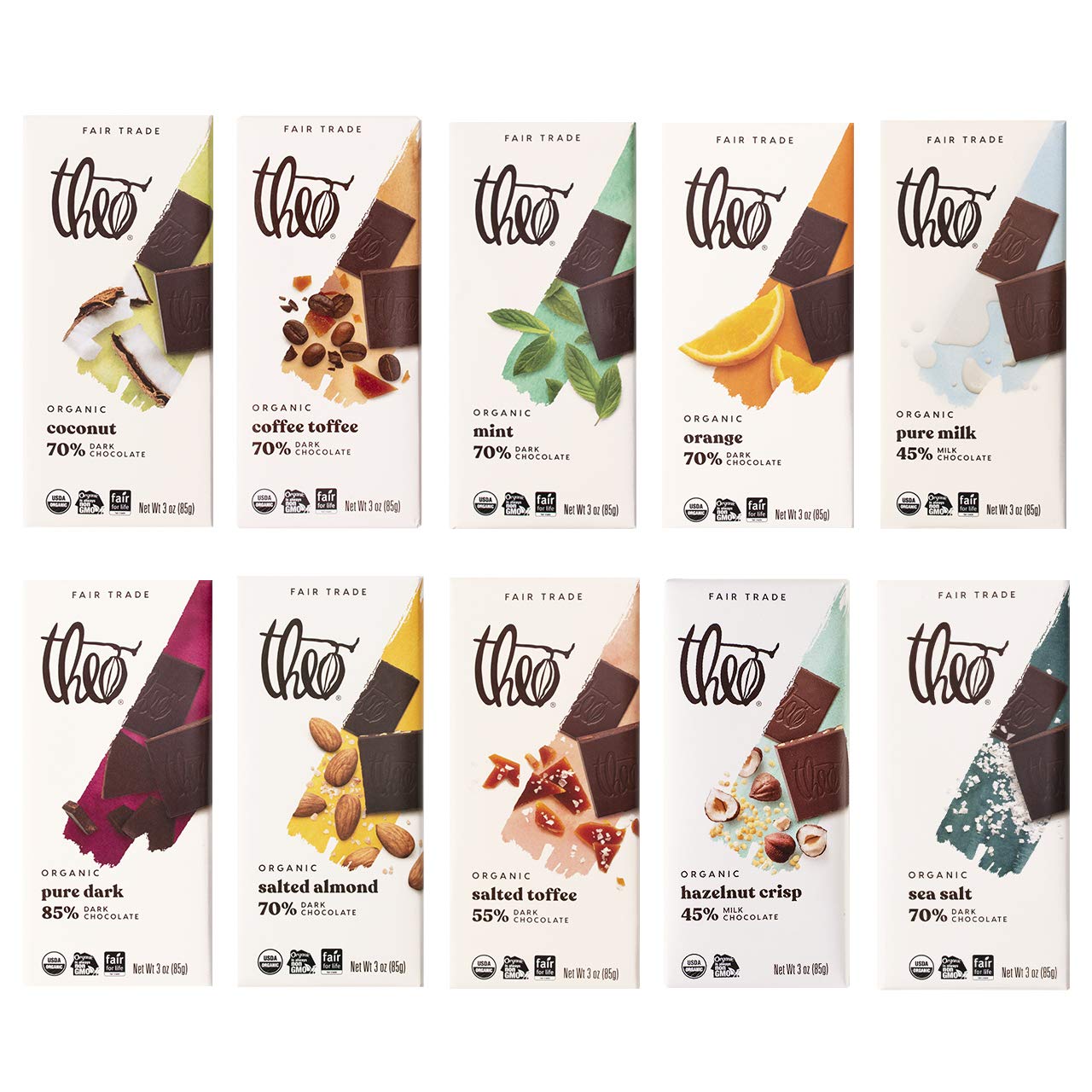
Theo Chocolate Organic Sampler, 10-pack — $38.00
Theo Chocolates was the first organic, fair trade-certified chocolate maker in North America. The company utilizes third-party certification systems to verify that their ingredients are ethically and sustainably sourced, and the company runs annual audits to ensure those certifications are valid, too. They work directly with farmers in the Democratic Republic of the Congo to ensure stable, fair pricing that helps to incentivize sustainable farming and high-quality beans. In 2020, all of the cocoa they purchased came from one specific community in the DRC.
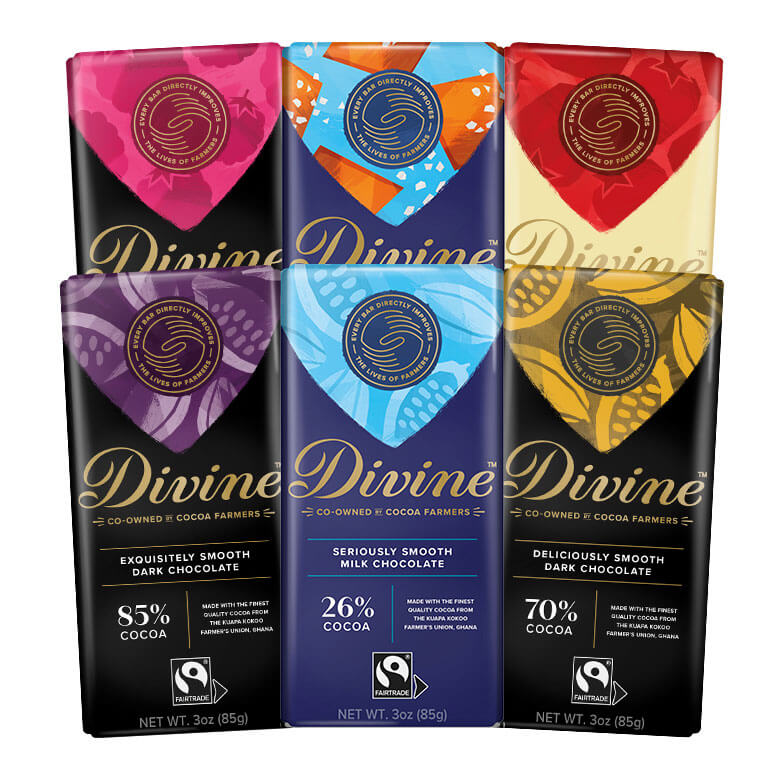
Divine Chocolate Chocolate Lovers Variety, 6-Pack — $22.00
Divine Chocolate has a unique backstory. It was founded in the 1990’s in partnership with a large co-op of farmers in Ghana. That co-op now owns nearly half of the company, and its farmers are paid Fairtrade premiums by the brand for their beans. Additionally, Divine invests a percentage of its profits each year in projects geared toward improving farming techniques, ensuring gender equality, and securing land rights.
Divine’s cocoa farmers rely on natural crop protection methods (rather than pesticides), and their chocolates are made with Fairtrade ingredients beyond beans. They do not use any artificial flavors, palm oil, or soy.
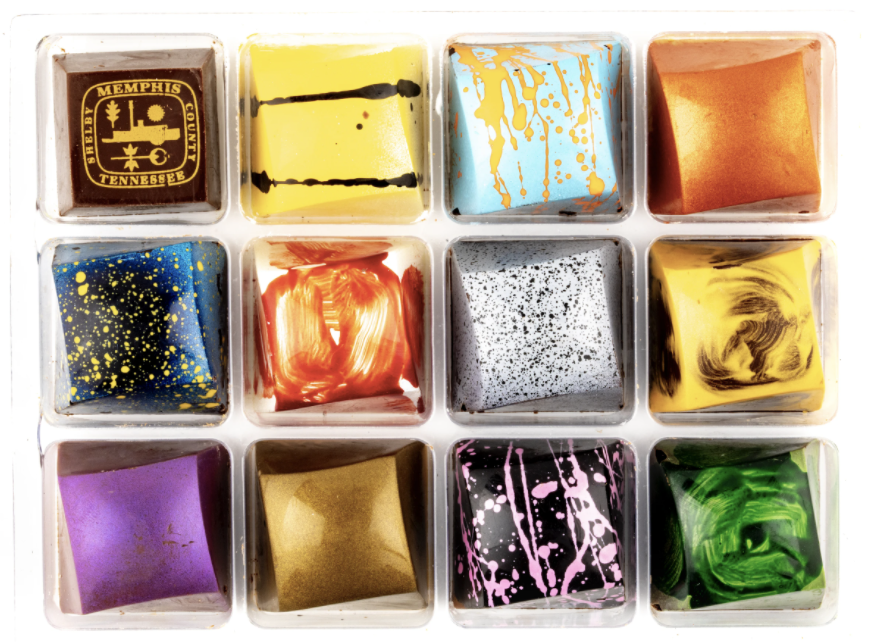
Phillip Ashley Taste of Memphis Chocolates — $59.00
Phillip Ashley is a luxury, small-batch chocolate company based out of Nashville, Tennessee. It was born after its eponymous founder awoke from a dream and decided to become a chocolatier. The company sources its beans from West Africa, and is prioritizing relationships with suppliers who utilize humane, child-free labor that pays a living wage and practice sustainable farming. Being a person of color on the production side of chocolate is a rarity, says Ashley, and it helps him move through the sourcing side of things in a unique manner.
The company is incredibly detail-oriented when it comes not just to their cocoa beans, but also to all of their ingredients. For example, Ashley says they go so far as to learn the husbandry of the cows which make the milk used in their chocolate to ensure they’re treated humanely.
Ashley also notes that being able to charge a premium for his products allows him to pay everyone in his supply chain, from the farmers to the manufacturers, higher wages than other chocolate brands may be able to afford. And in his mind, chocolate should be a luxury given the amount of resources that go into its production—most especially in the farming of cocoa beans.
Oh hi! You look like someone who loves free workouts, discounts for cutting-edge wellness brands, and exclusive Well+Good content. Sign up for Well+, our online community of wellness insiders, and unlock your rewards instantly.
Our editors independently select these products. Making a purchase through our links may earn Well+Good a commission.
Stay connected with us on social media platform for instant update click here to join our Twitter, & Facebook
We are now on Telegram. Click here to join our channel (@TechiUpdate) and stay updated with the latest Technology headlines.
For all the latest Food and Drinks News Click Here
